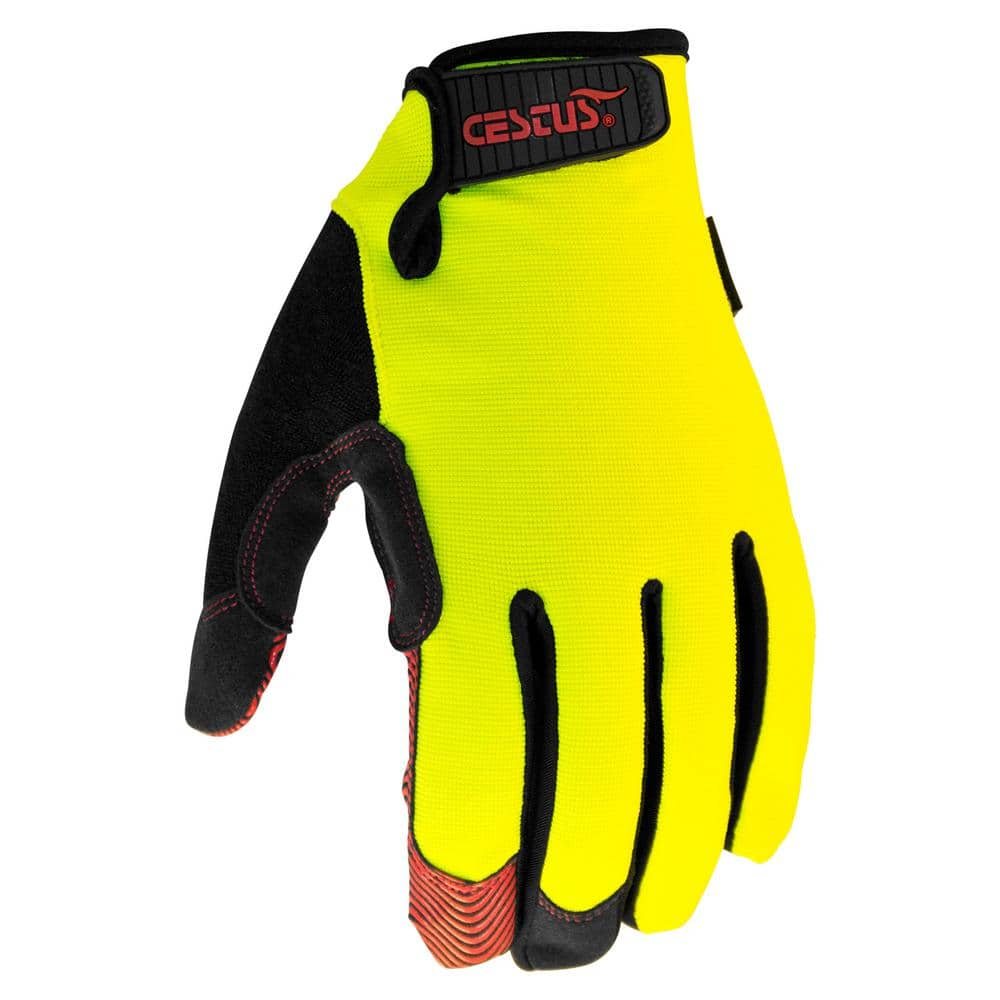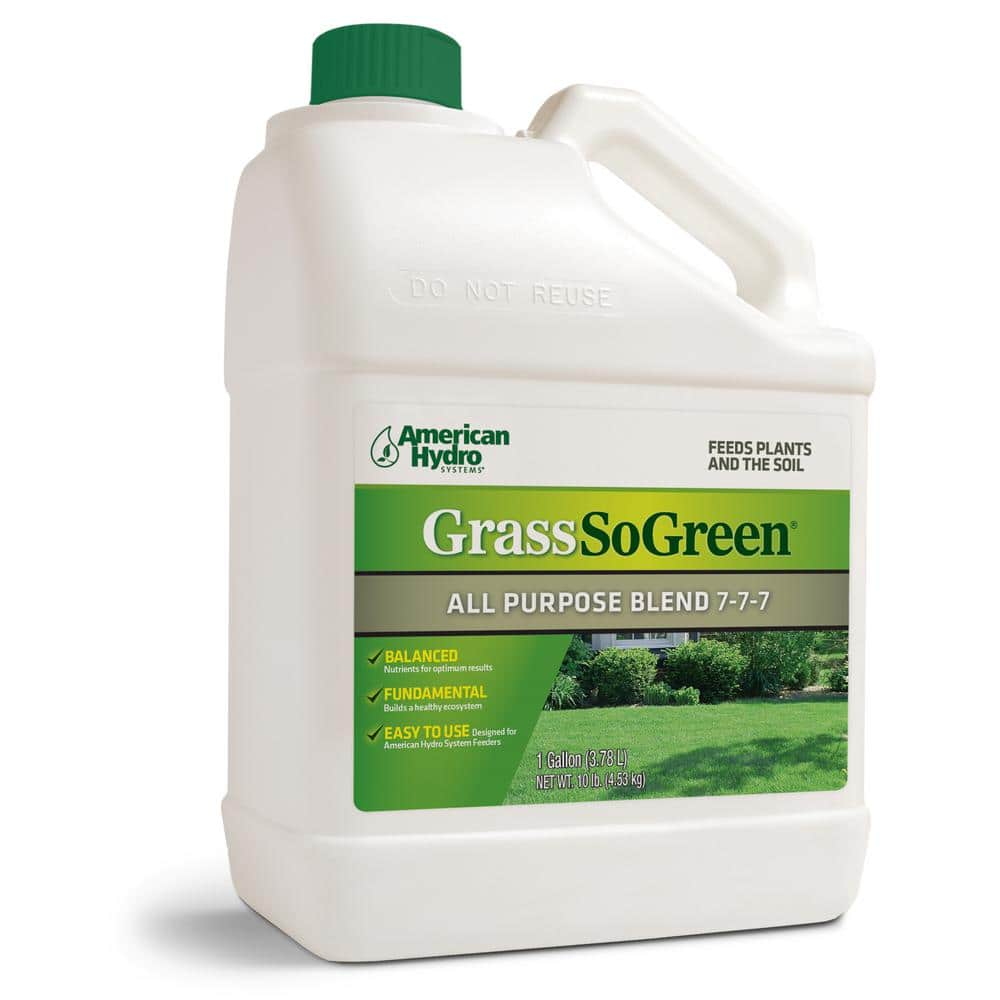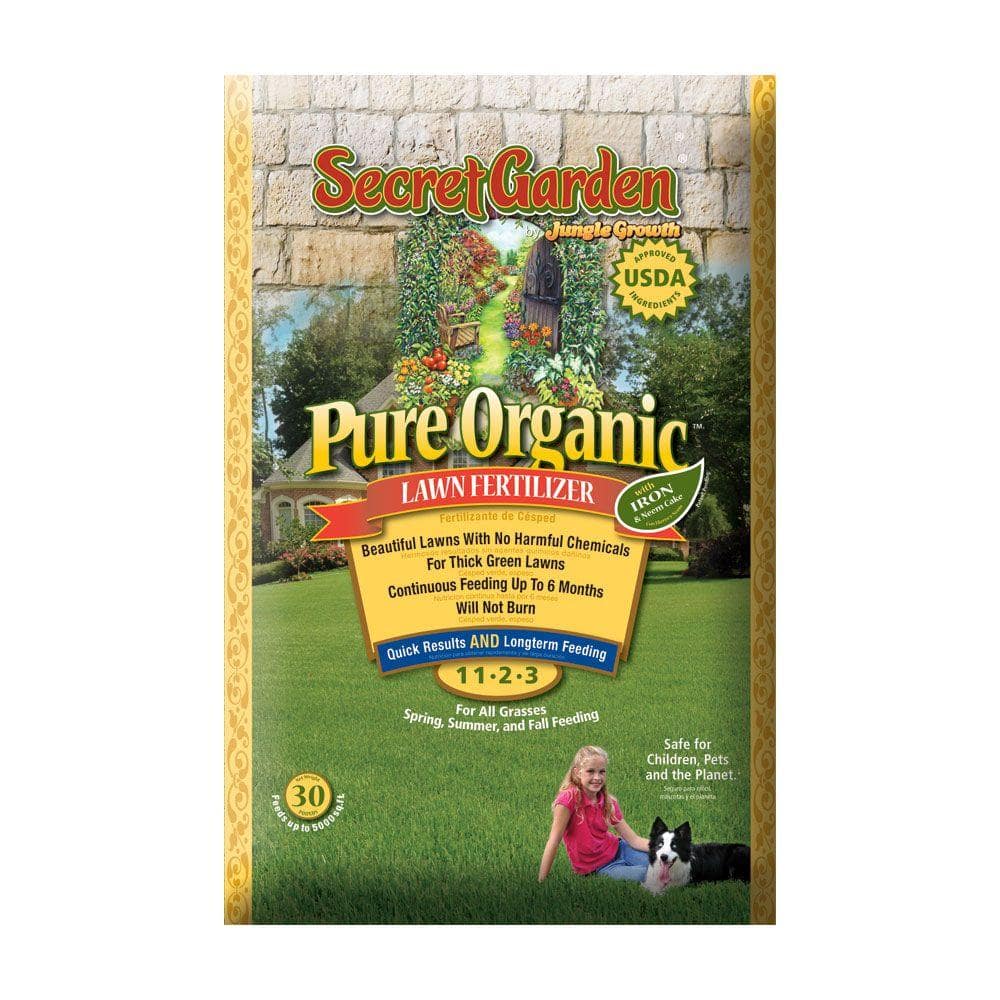Types of Sod for Your Lawn

Last updated September 7, 2023
Choosing the ideal types of sod for your lawn can change your landscape. Sod, also known as turf, is a patch of grown grass that you roll out and plant. Sod is a quick fix for a healthy and green lawn. It’s much faster than using grass seed.
This guide will compare different types of sod. It’ll also cover warm- and cool-season sod, as well as sun tolerance. Considering the sunlight and climate of your home helps narrow your choices. Find the best sod for your lawn and you’re well on your way to lush grass.
Table of Contents
Warm-Season Sod vs. Cold-Season Sod
Sod and Sun Tolerance
Choosing the Right Sod for You
Types of Sod Grass
Warm-Season Sod vs. Cold-Season Sod
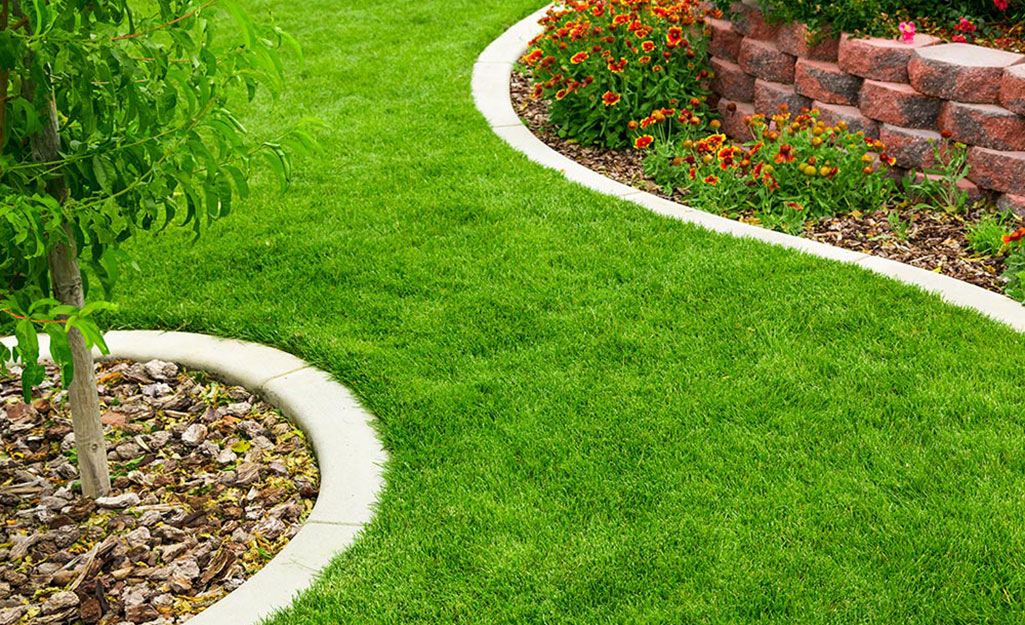
Sod is grass, and grass comes in cool and warm season varieties. Some sod types thrive better in one region compared to another. Your climate and the sunlight for the sod location matter.
Remember which type is which: The season named is when the grass grows most. Cool-season grass grows in early spring and fall. Warm-season grass loves the summertime.
Cool-season sod grows best between 60 and 70 degrees Fahrenheit. In the U.S., this includes the Midwestern and Northern regions. If your location enjoys a winter with snow, look into cool-season varieties of sod:
- Blue grass
- Fescue
- Rye
Warm-season sod thrives at temperatures between 80 and 95 degrees Fahrenheit. It’s recommended for areas with soaring summer heat. This type of sod and grass grows best in the southern U.S. For locations with hot and sunny summers, consider warm-season sod:
- Bermuda
- Centipede
- St. Augustine
- Zoysia
Sod and Sun Tolerance
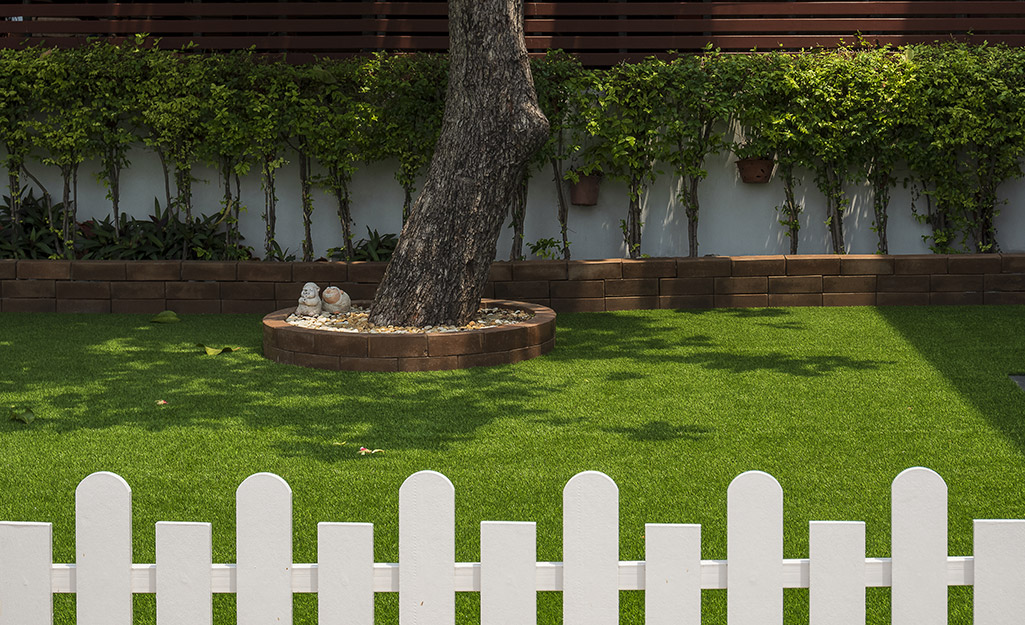
A related factor is sun tolerance. Consider where you’re planting your sod. Note if your yard gets partial sun, full sun or plenty of shade. Your sod needs to match both the climate and the amount of sun your lawn gets. For thriving grass, make sure the type of sod you choose fits both requirements.
For example, St. Augustine or centipede grass does well with heat. However, a cold winter or snow may kill those types of sod. Other varieties, such as rye, zoysia and bluegrass, prefer lots of direct sunlight. Too much shade isn’t good for them. Finding the right sod means your lawn can grow in green, hardy and beautiful.
Choosing the Right Sod for You
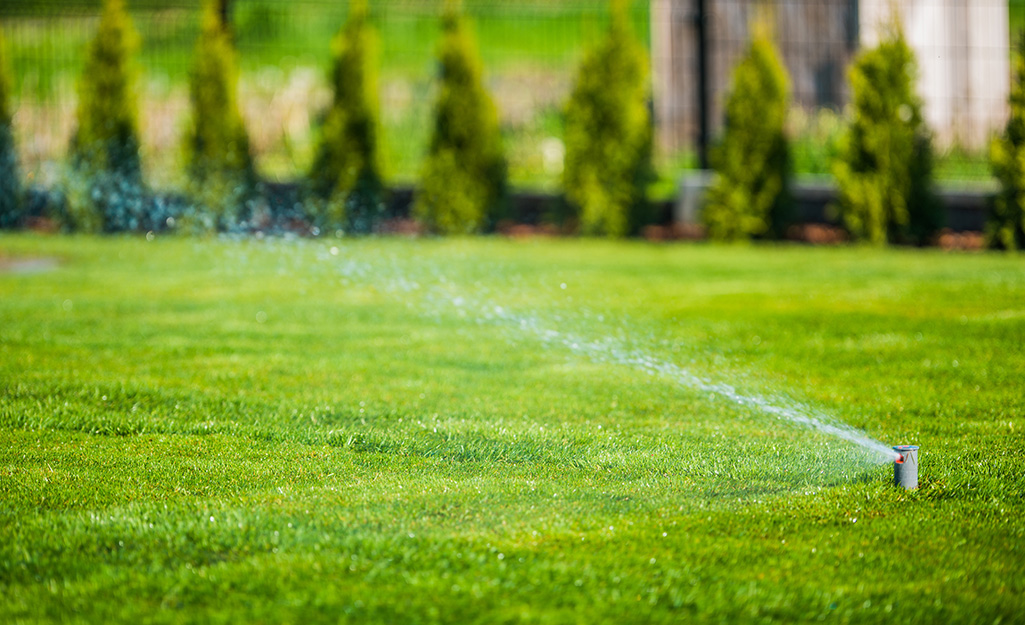
Deciding on the best sod for your lawn may seem overwhelming. However, several factors may help narrow your choices. It’ll be much easier to choose a type of sod after considering these items:
Climate: Go with a sod that thrives in your climate. For example, one sod may grow nicely in an area that gets cold and snowy in the winter. That same sod won’t do as well in a sub-tropical climate. Deciding between a cool-season or warm-season grass is the first step in whittling down your options.
Sunlight: Match your sod to the amount of sun your yard gets. The sun tolerance of the sod can make the difference between dried-out grass and beautiful blades. Some grass needs full sun to grow. It wouldn’t do well in a shady area. The opposite applies too. Sod that likes shade may scorch in the hot sun.
Maintenance: Consider how much time you want to spend on your lawn. Maintaining sod includes fertilizing, watering and mowing. Some lawns need more water or fertilizer to thrive. Others need to be mowed often to stay healthy. Choose sod types that requires the amount of maintenance you prefer.
Price: The cost of sod is generally consistent among varieties. How much sod you need influences the price. You can purchase small sod plugs, sod rolls by the case or pallets of sod. Keep in mind that sod needs to be bought and planted the same day.
Types of Sod Grass
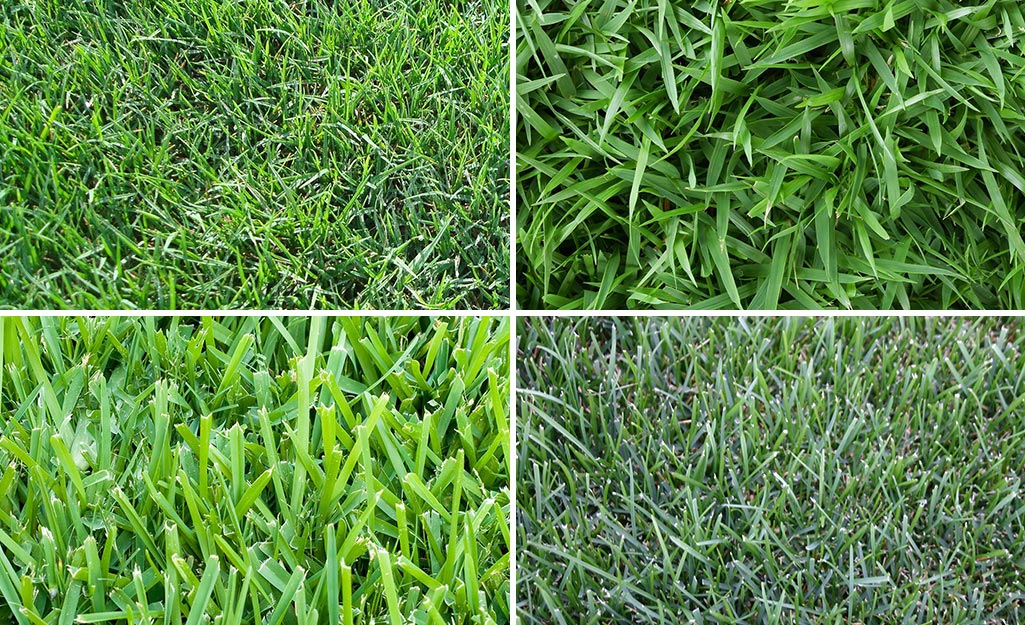
Here are some common types of sod grass. Each variety has different tolerance to sun, shade and temperature. Choose a sod that fits your requirements.
Bermuda grass sod: This sod grows into a thick turf and is used on golf courses.
- Bermuda grass is durable and tolerant to high foot traffic. A lawn of Bermuda grass creates a rich green landscape. It’s a warm-season grass.
- It needs full sun to thrive: 7 hours or more each day. Low light or part shade may affect it. Bermuda grass is high maintenance. It requires frequent mowing, watering and fertilizing. It also needs proper drainage to thrive.
- Plant it between March and November, when the weather isn’t too chilly at night. This sod is heat-, drought- and salt-tolerant. It’s popular in the Southern and Central U.S., including coastal areas.
Bluegrass sod: This grass is usually deep green to blue in color.
- It grows into a finely textured, lush and durable lawn. It’s a cool-season grass.
- This grass prefers direct sunlight. Some varieties are partial-shade tolerant, but not all. Water this sod deeply in the morning, but don’t overwater. Brown patch disease (fungus) is not uncommon.
- Bluegrass has the best cold-tolerance of all grass types. It has a lower tolerance for heat and drought. This grass is higher maintenance than some other sods. It’s best to let it grow taller, especially in the summer. Bluegrass is recommended for lawns in the Northern and Midwest U.S.
Centipede grass sod: This is a turf grass that’s medium to light green color.
- It’s a slow-growing sod that needs deep watering for strong roots. It’s a warm-season grass.
- This sod is moderately shade tolerant. It’s very low maintenance and also heat tolerant. The thick growth of this grass limits weeds. Avoid planting it where severe cold snaps occur. Repeated extreme cold can kill this grass. It’s sensitive to iron levels in soil, so you may need soil amendments.
- Centipede grass requires less fertilizer than other varieties. It easily adapts to sandy and acidic soils. This sod needs only light mowing and minimal upkeep. It’s well-suited for Southeastern lawns and is common in Florida.
Fescue sod: This sod is a soft grass designed for all-around living.
- It comes in fine and tall varieties. Fine fescue stays green all year. It’s a cool-season grass.
- Both varieties are shade-tolerant. Tall fescue loves sunlight. It grows into a low maintenance lawn that needs little mowing. Fescue requires less fertilizer than other sod. It handles high foot traffic well and resists drought.
- This sod is great for homes with kids and pets. If it’s unmowed or dormant, it gives a rustic look like a meadow. Fescue is favored in the Northern and Central U.S. Common in Southern California.
Ryegrass sod: Rye is also known as perennial ryegrass.
- It’s designed for all-around use. This sod grows in pleasantly green. It’s a cool-season grass.
- Rye is tolerant to light shade, but prefers 5 hours of partial to full sun. Avoid dappled sun and full shade. It’s a higher maintenance grass. It requires more water and fertilizer than other varieties. However, it’s weed resistant because it grows so fast.
- This sod resists disease and insects. It prefers temperate climates without extremes. Ryegrass helps prevent erosion on steep inclines. It’s common in the Northern, Midwest and Pacific Northwest U.S.
St. Augustine sod: This broad-bladed grass is medium blue-green in color.
- It stays green long into the season. St. Augustine sod suits yards with little foot traffic. It’s a warm-season grass.
- This sod grows quickly and easily. It’s moderately shade tolerant, more than other warm-season grasses. It tolerates heat, humidity and salt well. St. Augustine grass doesn’t handle cold or drought well. It’s susceptible to fungus, lawn viruses and bugs.
- It requires moderate maintenance. It needs less frequent mowing but should be fertilized frequently. It’s found in warm and humid regions of the Southern U.S. Sometimes it’s subbed with zoysia.
Zoysia sod: Zoysia grass has fine or thick blade density, depending on the variety.
- It grows in light to medium green. This sod resists wear and foot traffic. It’s a warm-season grass.
- This type of sod thrives in full sun and hot weather. It’s low maintenance and drought-resistant once the roots are established. It’s easy to maintain and resistant to weeds.
- Zoysia grows into dense grass that prevents weeds well. It stays green longer than other varieties. It’s common in the Southern U.S. and Southern California.
Now that you’ve learned about the different types of sod available, it’s time to beautify your landscape. Get the tools and supplies you need to lay a green lawn of sod. The Home Depot delivers online orders where and when you want them.
If you need tools or transportation for laying sod, check out our tool and truck rental. Use it once, then bring it back. There’s nothing extra to store.
